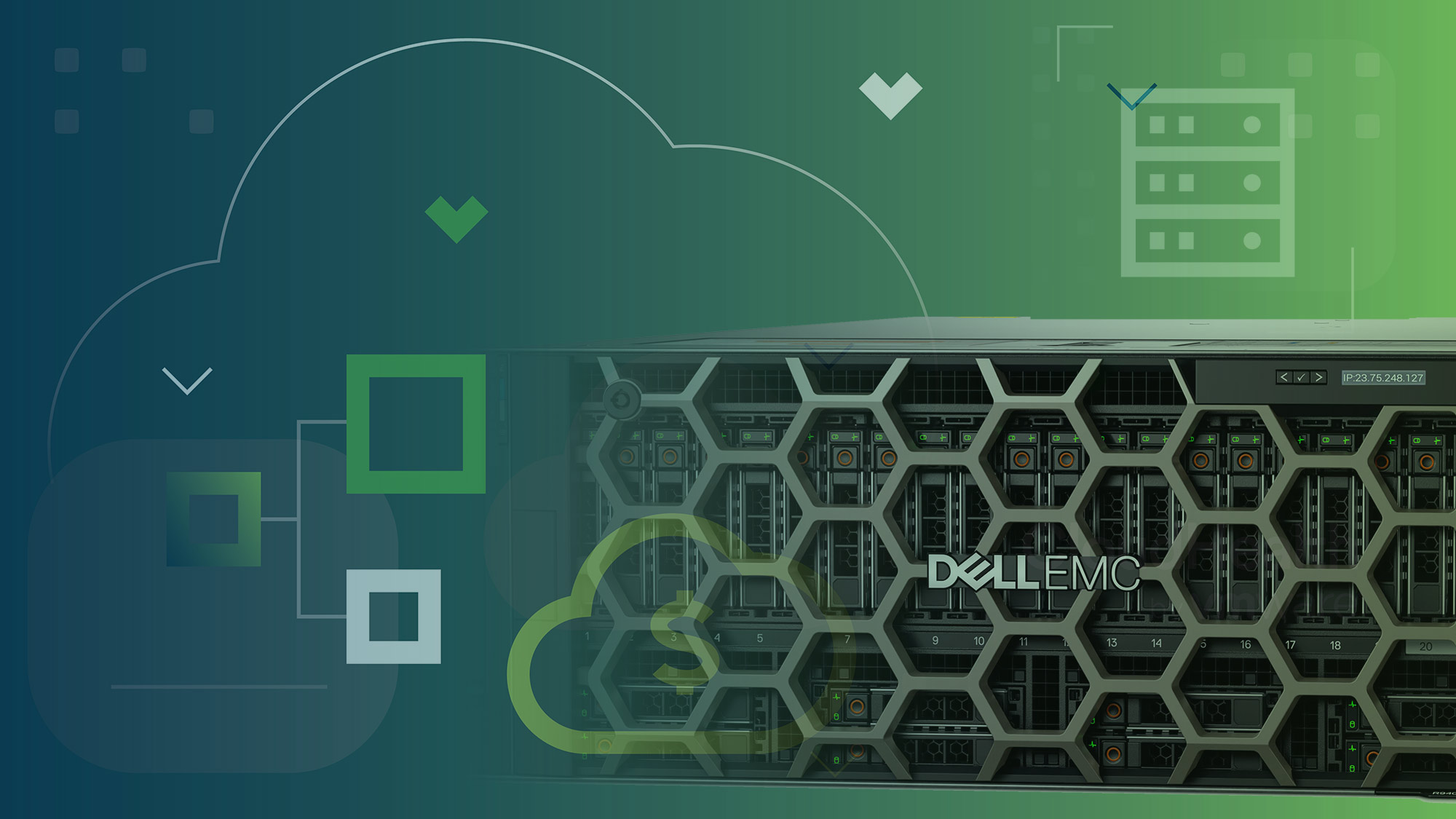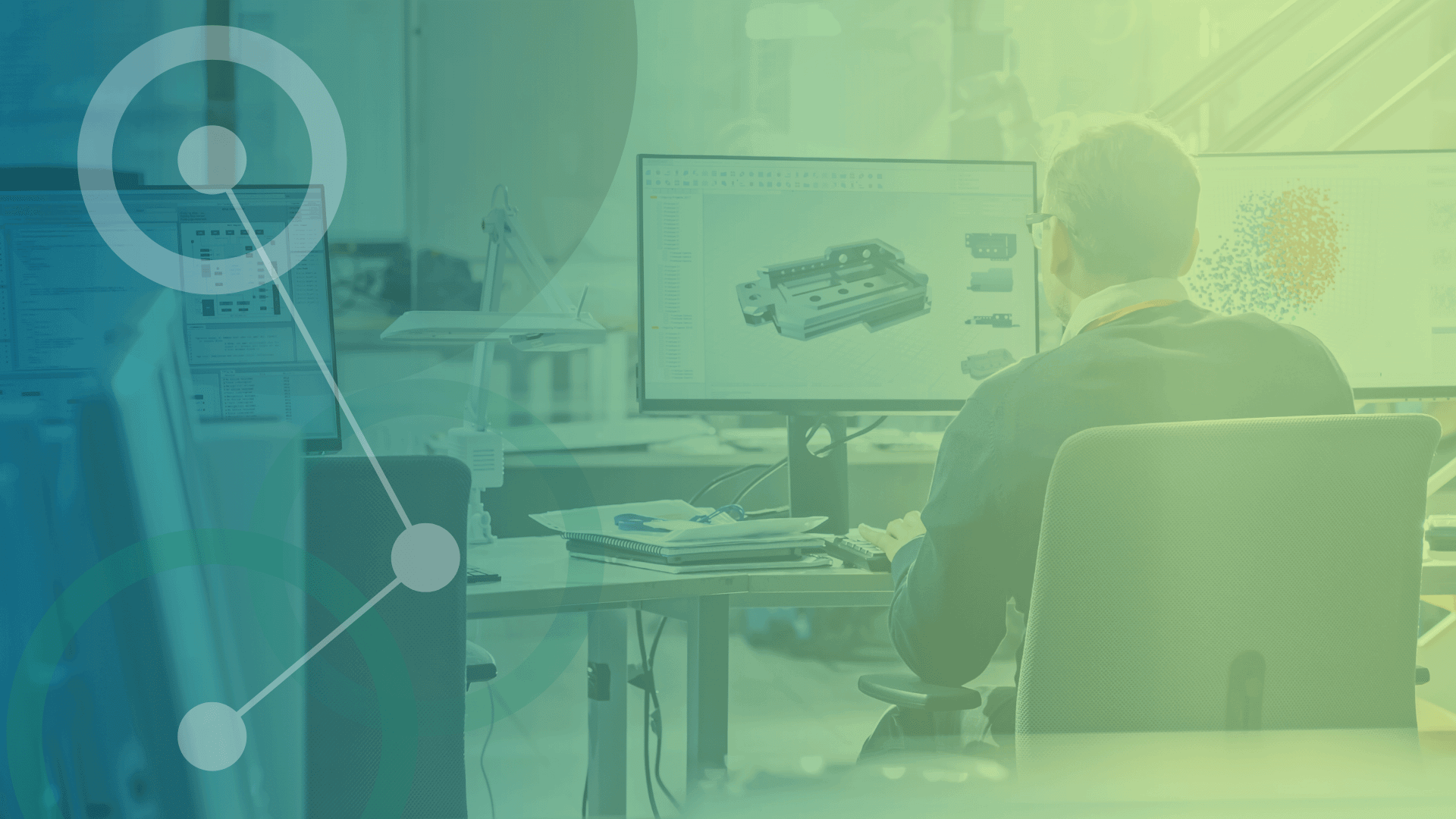At a high level, edge computing is collecting data and deploying IT infrastructure outside of a datacenter.
While this practice is not new, its growing adoption is being fueled by two factors: the sheer amount of data available today and the rise of IoT devices.
The benefits of edge computing include:
- Greater efficiency in operations
- Enhanced experiences internally and for customers
- Revenue generation
- Improved security
Because of these benefits—and the undeniable value of data in general—IDC has estimated that more than half of all new IT infrastructure will be deployed at the edge by 2023.
As edge deployments grow, however, managing them can be a major challenge for often overtaxed IT teams.
 How to simplify the edge
How to simplify the edge
For most enterprises, there are three areas to focus on when working toward simplifying your edge deployments.
The first is consolidating and streamlining your data management and operations. This can be tricky as you expand because that usually means sacrificing simplicity and efficiency. But in order to deliver value at the edge consistently, you need to be able to scale your capabilities. That means cutting down on years of legacy IT and silos.
Next, you will need to secure your operational environments at the edge. This means following the same security features away from the datacenter environment as you would inside it.
Finally, you need to address the challenges of environmental and latency constraints, from your servers and networking equipment, to factory floors, laptops, and any other devices your teams use.

The Dell suite of edge tools
Dell Technologies has an array of technologies available to help you build an end-to-end edge portfolio. Tools that can help you with everything from data collection and edge computing, to real-time analytics, operations, and multi-cloud operations.
Here’s a rundown of the options available:
- Dell EMC Edge Gateway for improved efficiency and speed time to actionable insights with your data
- Dell Latitude 5430 Rugged and 7330 Rugged Extreme notebooks for improved remote connectivity, including 5G compatibility
- Dell EMC PowerEdge Tower servers to act as compute platforms with autonomous capabilities for secure interactions and threat prediction
Each of these platforms excel at providing you with richer insights while helping you overcome environmental constraints at the edge. For streamlining data management and operations, two viable options to choose from are:
- Dell EMC VxRail, a hyper-converged infrastructure edge appliance for centralized automated management and lifecycle management from the core to the edge
- Dell EMC Streaming Platform to leverage real-time analytics at the edge
Get more from the edge with less
With an end-to-end vision and the right technologies in place, it’s never been easier for organizations, big and small, to improve how they manage their edge environments.
To learn more about simplifying the edge, including more comprehensive information on the technologies available, schedule some time to talk with one of our experts.
Categories
- Cloud Migration and Adoption
- Enterprise IT and Infrastructure
- Artificial Intelligence and Machine Learning
- Data Management and Analytics
- DevOps and Automation
- Cybersecurity and Compliance
- Application Modernization and Optimization
- Featured
- Managed Services & Cloud Cost Optimization
- News
- Workplace Modernization
- Tech We Like
- AWS
- Social Good News
- Cost Optimization
- Hybrid Cloud Strategy
- NVIDIA
- Application Development
- GPU




